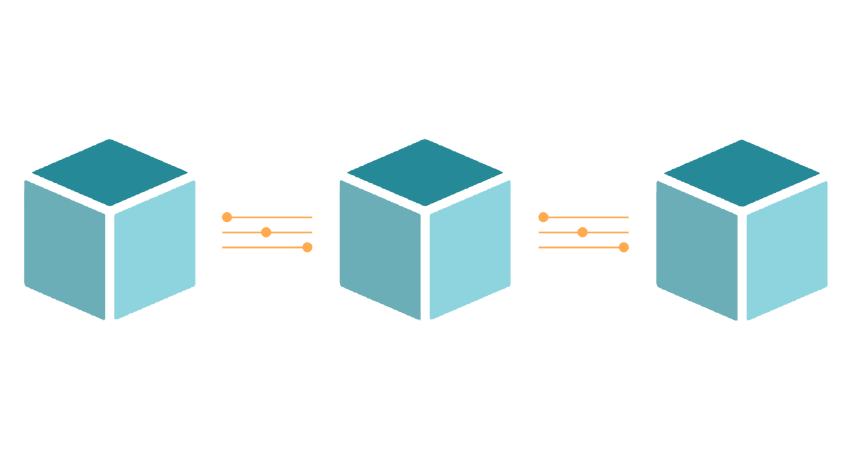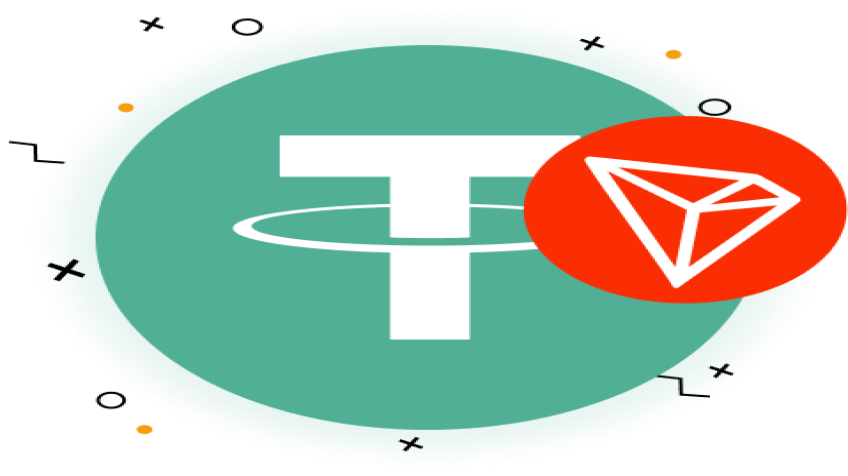
What is a blockchain transaction?
What is a blockchain transaction?
A transaction captures details of an activity that has taken place on a blockchain. In the Ethereum blockchain and Ethereum-compatible blockchains there are three types of transaction that can take place:
- The transfer of cryptocurrency from one account to another
- Deployment of a smart contract
- Transacting with a smart contract
The specifics of blockchain accounts and smart contracts will be discussed in subsequent articles, but it’s important to understand that there are only three types of transactions that can take place.
The most common types of transactions are those associated with tokens on a blockchain network. These are managed by smart contracts which have been deployed to that network. Transferring a token takes place as a transaction within a smart contract on Ethereum, hence having some awareness of the information contained within transactions is important for deciphering this.
Transactions have the following key attributes:
- Index
- Transaction hash
- Sender address
- Recipient address
- Amount
- Fee
- Data
- Events
There are other fields associated with transactions, for instance, the creation of a transaction involves submitting a cryptographically signed transaction to the network and then processing a response message if successful, however, such protocol details are technical content we will not be covering here.
Transactions do not have a timestamp associated with them, as they are only considered to have taken place once the block they are contained within is produced. Transactions are however ordered in blocks by their index.
Transactions, like blocks, have a hash associated with them. As with block hashes, transaction hashes uniquely identify the contents of the transaction.


